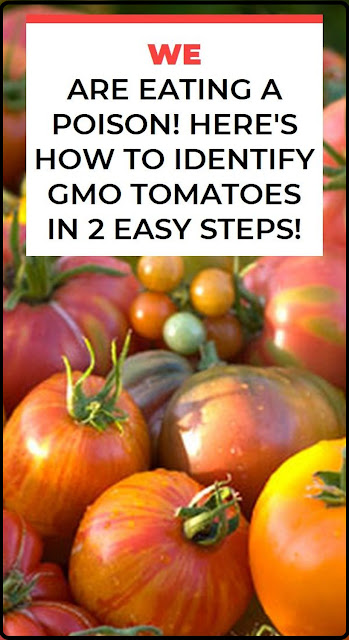Genetically modified organisms, commonly known as GMOs, have been the subject of heated debates in recent years. These organisms are created by altering the DNA of plants and animals to produce a desired trait, such as resistance to pests or tolerance to herbicides. While some argue that GMOs have the potential to solve the world’s food shortage problem, others are concerned about their long-term effects on human health and the environment.
One of the most commonly genetically modified crops is the tomato. In fact, many of the tomatoes that you find in your local grocery store are genetically modified. This means that they have been altered in a way that makes them resistant to pests, increases their shelf life, and makes them look more visually appealing.
While GMO tomatoes may look and taste like regular tomatoes, they are not the same. In fact, they can be dangerous to consume in the long run, as they contain harmful toxins that can lead to health problems such as allergies, digestive issues, and even cancer. Here are two easy steps to help you identify GMO tomatoes so you can avoid them and protect your health.
Step 1: Check the Label
One of the easiest ways to determine whether a tomato is genetically modified is to check the label. In the United States, the Food and Drug Administration (FDA) requires all food products to be labeled if they contain genetically modified ingredients. Look for the words “genetically modified” or “GMO” on the label. If the tomato is labeled as such, it is best to avoid it and opt for organic tomatoes instead.
Step 2: Look for Physical Differences
Another way to identify GMO tomatoes is to look for physical differences between GMO and non-GMO tomatoes. GMO tomatoes are often larger and more perfectly shaped than non-GMO tomatoes. They also tend to have a longer shelf life and may have a more vibrant red color. On the other hand, non-GMO tomatoes are often smaller, irregularly shaped, and may have more natural imperfections. By paying attention to these physical differences, you can identify GMO tomatoes and make informed decisions about the food you consume.
In conclusion, GMO tomatoes can be harmful to your health and the environment. By following these two easy steps, you can identify GMO tomatoes and avoid consuming them. Remember, eating healthy and natural foods is essential to maintaining a healthy lifestyle. Choose organic, non-GMO options whenever possible, and enjoy the peace of mind that comes with knowing you are making informed decisions about the food you eat.
